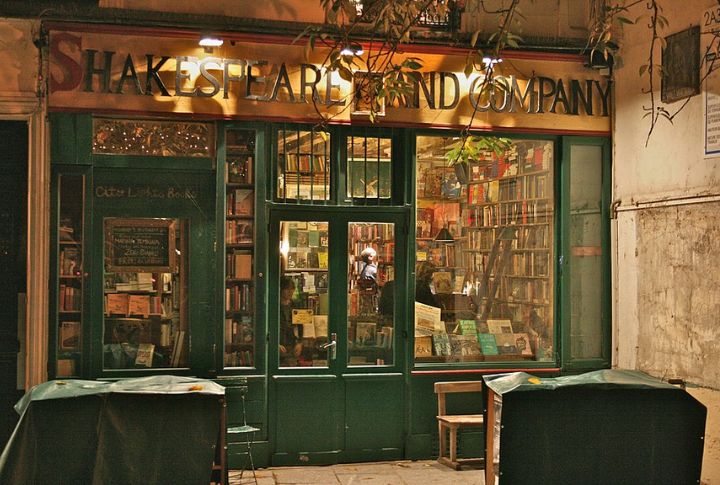
Some book clubs trade cookies and opinions. Others rewrite culture. These legendary gatherings sparked revolutions, launched careers, and made reading dangerously influential. Behind closed doors or in noisy cafes, they proved that shared stories can lead to shared power. Ready to meet the rebels with reading lists? Let’s begin.
The Inklings At Oxford
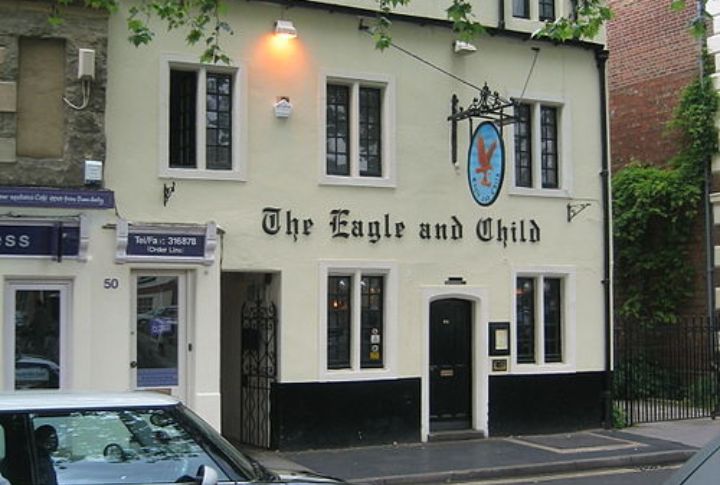
The Inklings, an informal Oxford group of six to eight members, including C.S. Lewis and J.R.R. Tolkien, met weekly at The Eagle and Child pub. There, Tolkien first shared “The Hobbit”. In fact, their conversations influenced iconic works like “The Chronicles of Narnia” and “The Lord of the Rings”, which later shaped fantasy literature.
Oprah’s Book Club Revolution
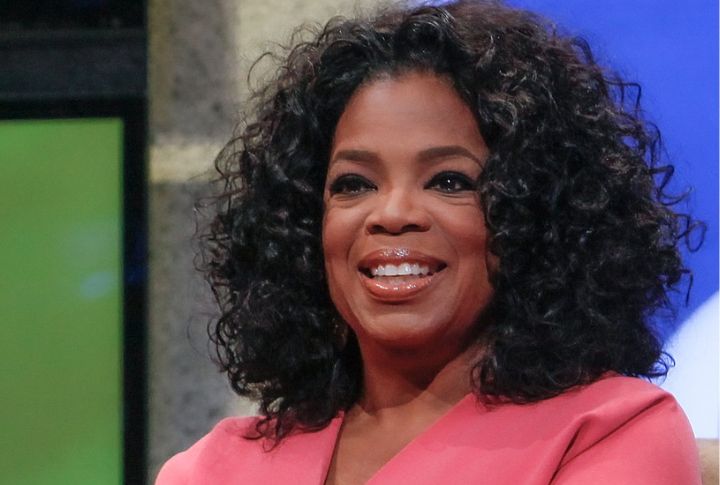
Started back in 1996, Oprah’s Book Club didn’t just suggest good reads, it made them explode. Dozens of picks became bestsellers overnight. Remember “The Bluest Eye”? It got a second life thanks to her. Some authors even sold over a million copies. And those picks? They stirred up serious conversation across the country.
The Bloomsbury Group’s Literary Circle
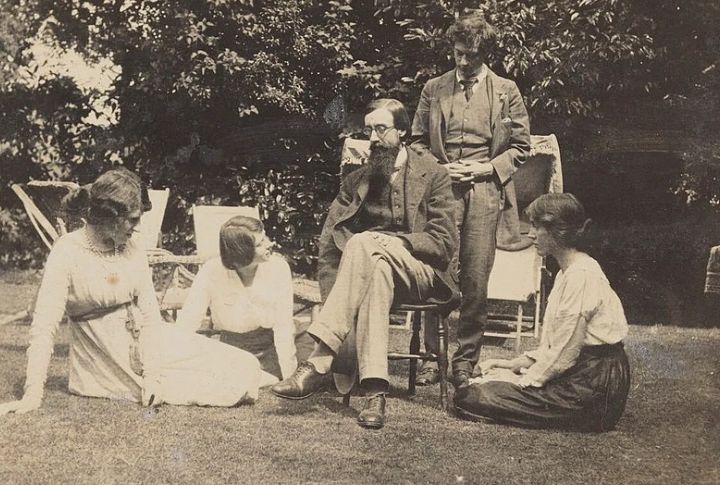
The Bloomsbury Group formed in early 20th-century England and included major writers like Virginia Woolf and E.M. Forster. Their meetings focused on literature and philosophy. Known for living outside the social norms of their time, they helped define modernist writing while also making a mark on economics and visual art.
Franklin’s Junto Society
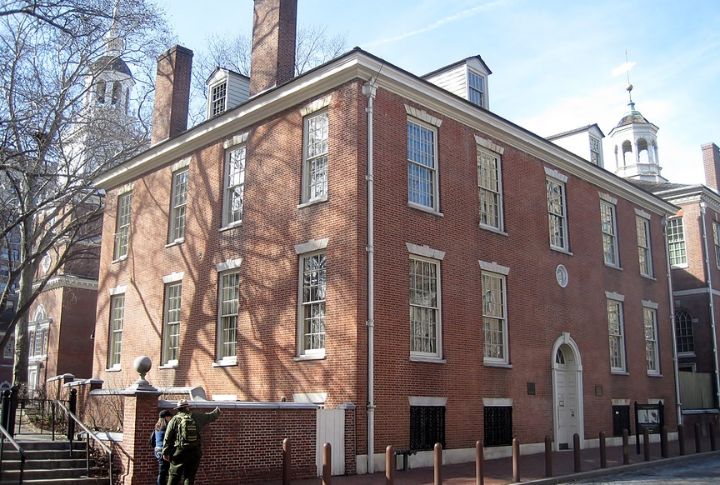
Founded in 1727 by Benjamin Franklin, the Junto Society met regularly to discuss books and civic improvement. A different member led each session, encouraging a variety of ideas and voices. The group later inspired America’s first lending library and played a key role in forming democratic principles in early colonial society.
The Algonquin Round Table
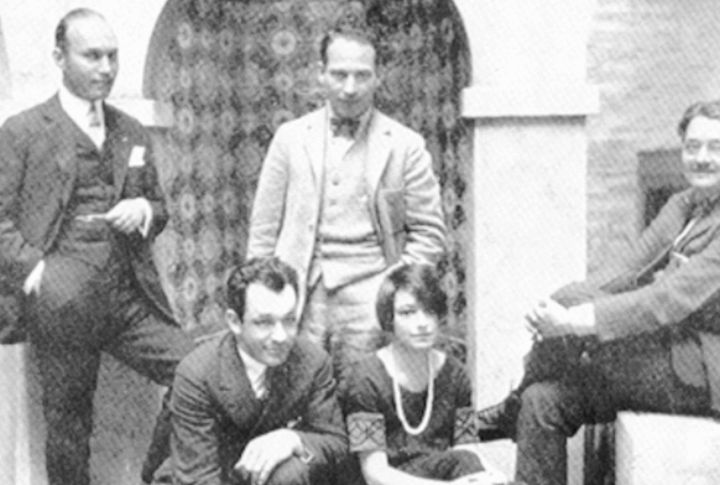
Creativity found a permanent seat at the Algonquin Hotel in the 1920s. The Round Table brought together some of the era’s sharpest minds—Dorothy Parker, Robert Benchley, and more—whose daily meetings sparked laughter, writing, and a new standard in American wit.
Eleanor Roosevelt’s Val-Kill Book Group
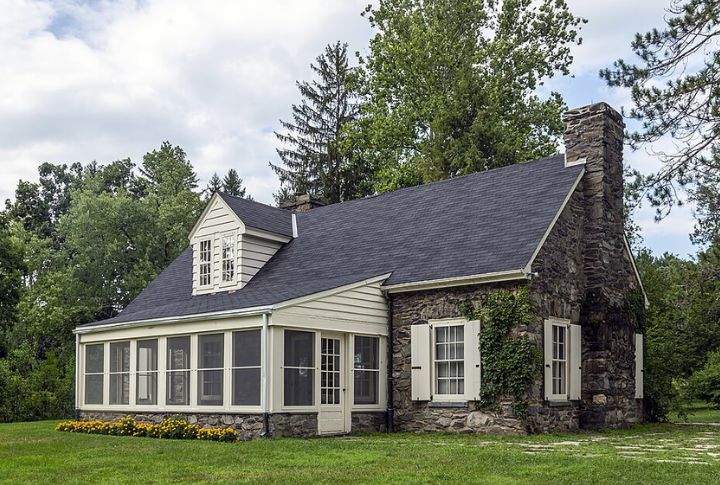
Just imagine cozy fireside chats at Eleanor Roosevelt’s Hyde Park home in the 1930s. That’s where the Val-Kill book group gathered—educators, activists, and journalists in deep discussion. Topics ranged from civil rights to women’s issues. They even debated “The Grapes of Wrath” before it hit shelves. Sometimes, the night even ended with a radio broadcast.
Paris’s Shakespeare And Company Circle
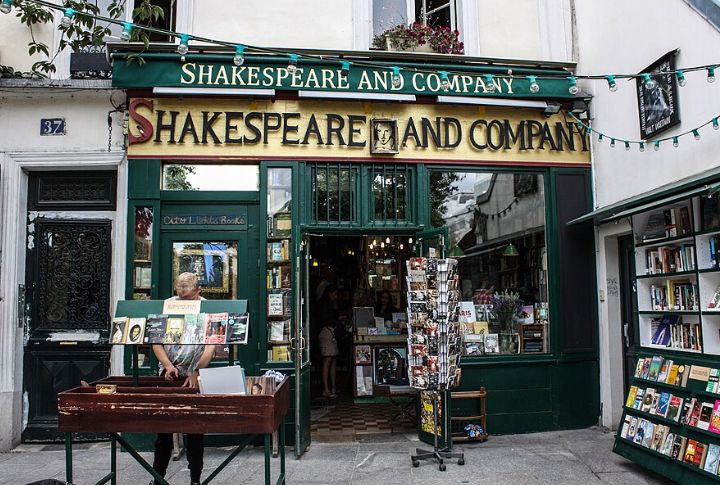
Sylvia Beach’s Paris bookstore, Shakespeare and Company, became a hub for literary modernism in the 1920s. It welcomed writers like Ernest Hemingway and James Joyce. Beach even published “Ulysses” when no one else would. The shop also lent books to struggling authors. Later, poet Allen Ginsberg and diarist Anais Nin became frequent visitors.
Redstockings Feminist Reading Groups
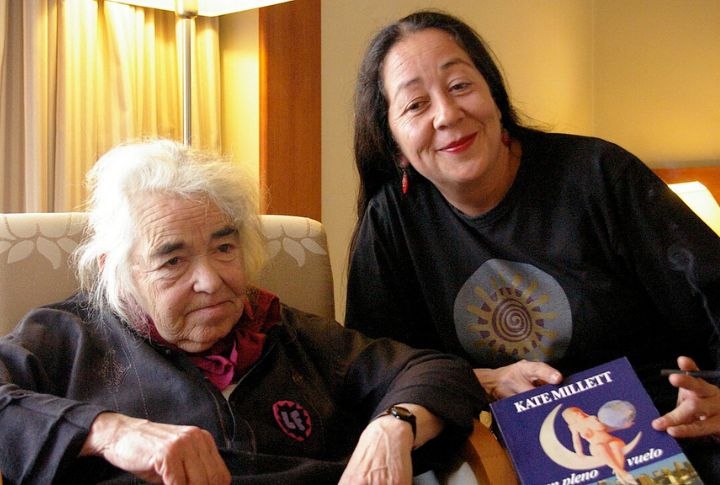
The Redstockings reading groups helped turn feminist theory into direct action. Formed by radical feminists in the 1960s, the sessions focused on works by Simone de Beauvoir and Kate Millett. Men were excluded to keep discussions focused. These gatherings sparked protests and consciousness-raising events, treating literature as a starting point for political and social change.
Roosevelt’s Book-Of-The-Month Push
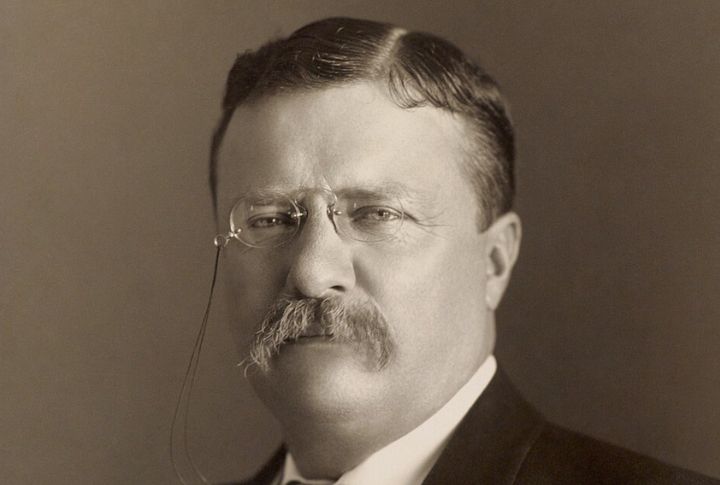
President Franklin D. Roosevelt endorsed the Book-of-the-Month Club during World War II by helping distribute millions of books to American soldiers. These were printed as compact “Armed Services Editions” for easy transport. Selections ranged from Steinbeck classics to mystery novels. The program played a significant role in boosting morale and increasing literacy.
The Bronte Family Reading Sessions

In the 1920s and ’30s, informal salon nights fueled the Harlem Renaissance. For example, poet Langston Hughes, known for portraying Black life with honesty and rhythm, often attended. Likewise, author Zora Neale Hurston, celebrated for her storytelling and folklore work, hosted some gatherings. Together, these evenings blended art, music, and conversation into a cultural force.

